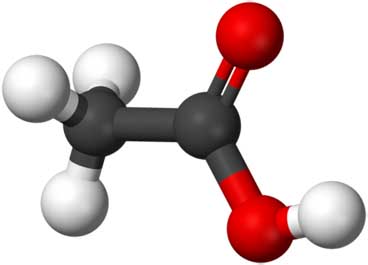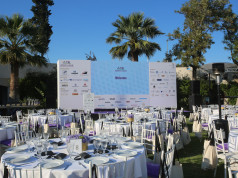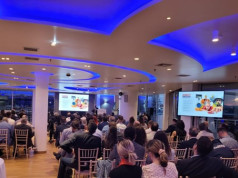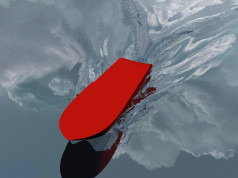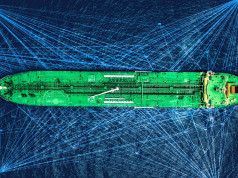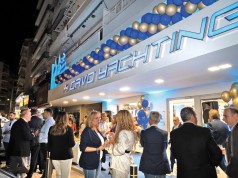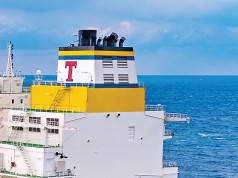The 1. July DNV will release rules for using low flashpoint fuels such as methanol for bunker fuel. Interest for methanol as ship fuel is growing in response to the need to reduce NOx and SOx emissions. However, with a flashpoint of just 12°C, it poses safety challenges, and DNV’s new notation, an industry first, covers every aspect of safe design.
Methanol is most commonly produced from natural gas but it can also be produced from a wide range of biomass. It has a lower flashpoint than conventional fuel, so additional safety barriers are required. Flashpoint is the lowest temperature at which a volatile liquid can vaporize to form an ignitable mixture in air.
“Methanol is well known to DNV through our many years of working with chemical tankers and platform supply vessels that currently transport it as cargo, and we see the risks as manageable,” says Tobias King, DNV project manager and in charge of the rule development process.
Methanol has a relatively low flashpoint, is toxic when it comes into contact with the skin or when inhaled or ingested and its vapour is denser than air. As a result of these properties, additional safety barriers are required by DNV.
The new mandatory notation LFL FUELLED covers aspects such as materials, arrangement, fire safety, electrical systems, control and monitoring, machinery components and some ship segment specific considerations.



